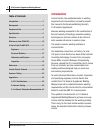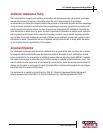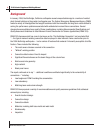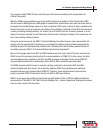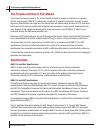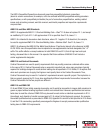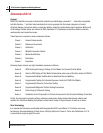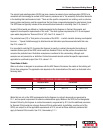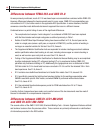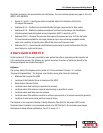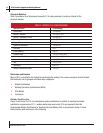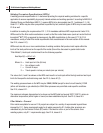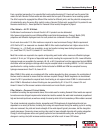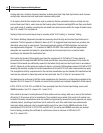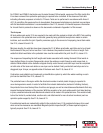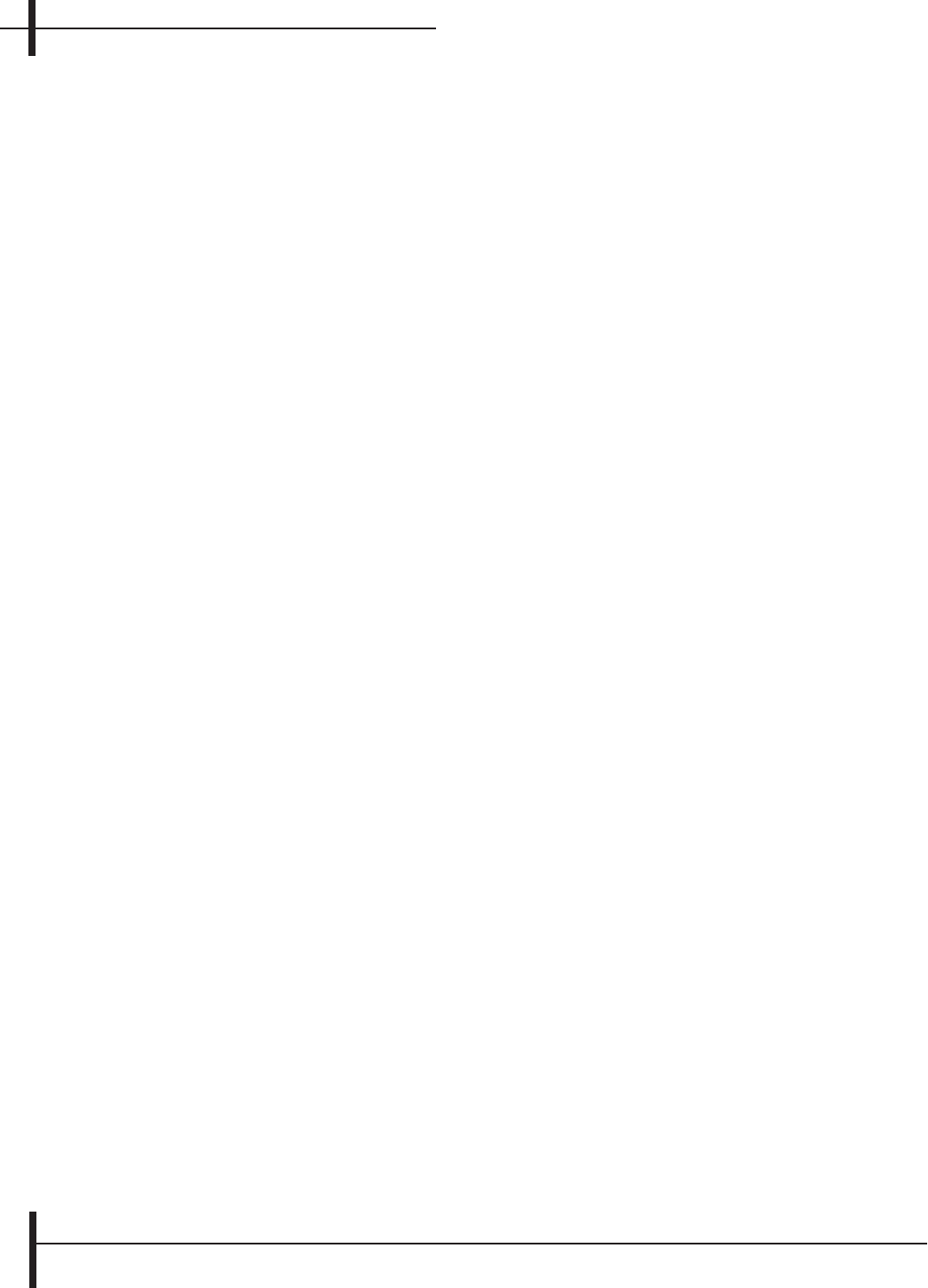
10 D1.8 Seismic Supplement Welding Manual
www.lincolnelectric.com
Differences between FEMA 353 and AWS D1.8
As was previously mentioned, much of D1.8 was based upon recommendations contained within FEMA 353.
However, differences between the two documents exist. In many cases, FEMA 353 recommendations are
not contained in D1.8, but rather reside in the applicable AISC specification. In some situations, the AWS
consensus committee made deliberate decisions to approach the issue in a different manner.
Contained below is a partial listing of some of the significant differences:
The complicated and complex “weld categories” as contained in FEMA 353 have been replaced
with the three broader and simpler categories as outlined previously in Table 1.
Details of the WPS Heat Input Envelope Testing have been modified. In D1.8, the root pass can be
made in a single pass (versus a split pass, as required in FEMA 353), and the position of welding is
no longer an essential variable for this test. See D1.8, Annex A.
The Supplemental Welder Qualification test was expanded to include a testing procedure to address
welder qualification when steel backing is not used, including where copper or ceramic backing is
used, as well as when open root joints are used. See D1.8, Annex D.
Testing of the Supplemental Welder Qualification for Restricted Access Welding may be accomplished
by either radiographic testing (RT), ultrasonic testing (UT) or by mechanical testing (FEMA 353
permitted only mechanical testing or RT). Additionally, the typographical error as contained in FEMA
353 that called for 3/4 in. bend tests has been corrected in D1.8 to call for the intended 3/8 in. thick
bend specimens. See D1.8, Annex D.
D1.8 contains more definitive alternatives to lot tested filler metals. See D1.8, clause 6.3.8.
D1.8 specifically exempts the high/low heat envelope testing for the welding consumables when
SMAW is used with specific filler metals, and when GMAW is performed with solid electrodes.
See D1.8, clause 6.3.5.
D1.8 has extended the standard exposure period for FCAW electrodes from 24 to 72 hours.
See D1.8, clause 6.4.3.
A variety of other changes have been made, and a careful review of the two documents must be made if
the user is interested in a comprehensive comparison.
Differences between AWS D1.8/D1.8M:2005
and AWS D1.8/D1.8M: 2009
The second edition of the AWS D1.8/D1.8M, Structural Welding Code – Seismic Supplement features editorial
and technical revisions from the previous edition. These revisions are primarily refinements or clarifications
of information presented in the 2005 edition.



